I have read all that staff about image similarity index on that forum but i think that my subject is kind different because images that i want to compare comes from an L-system generator and as you can see bellow it's hard to find obvious differences. So i couldn't decide which method and software to choose for my problem.
But let's take the story from the beginning. I have a collection of data , by measuring angles and lengths of branches of some plants (15 in total), and i represented them with L-system fractals method as already told.
These images looks like the above ones:
 Plant A
Plant A
 Plant B
Plant B
 Plant C
Plant C
Till now i tried to find differences using two methods.
1) By calculating the fractal dimension of those images but as expected, it was 2 in all of them
2) By calculating the % of area coverage in a same canvas. Numbers in that case show some differences but there are not statistically significant.
So the thought was to use an other similarity index but there are too many protocols and ideas out there that i couldn't find a starting point. I read about OPENCV , VisualCI etc but because i've never used such methods again, i feel somehow lost.
Any of your suggestions will be welcome.
Thank you.